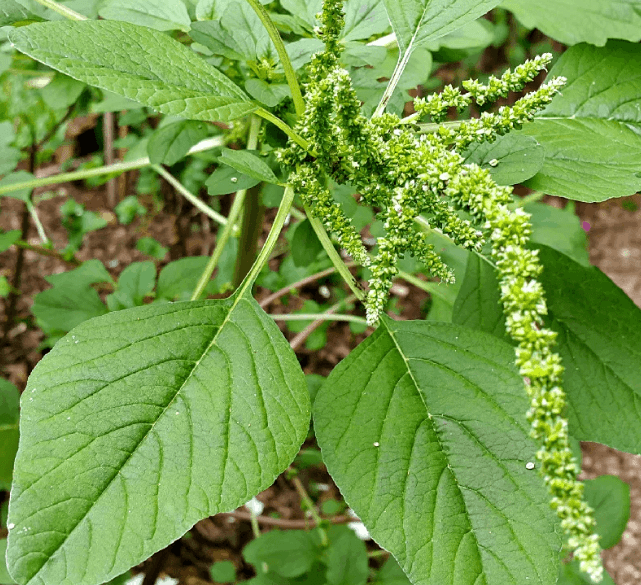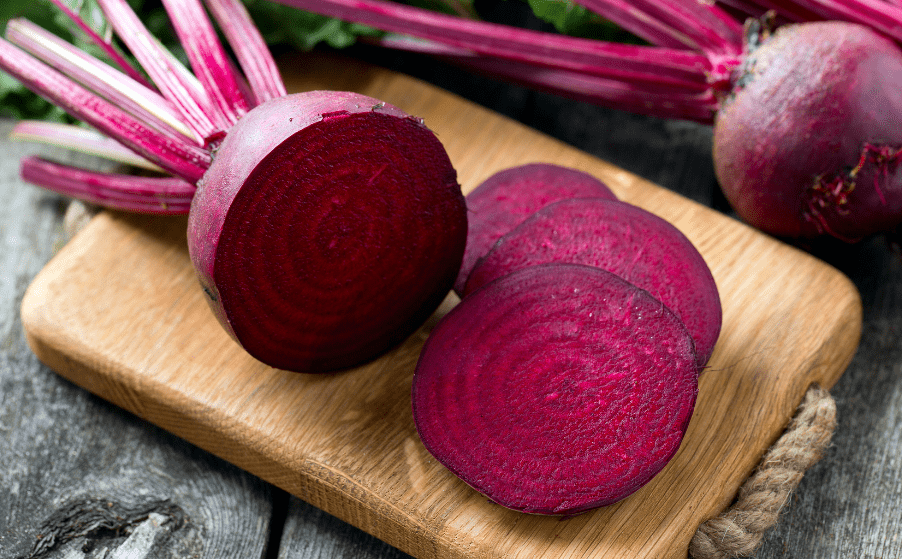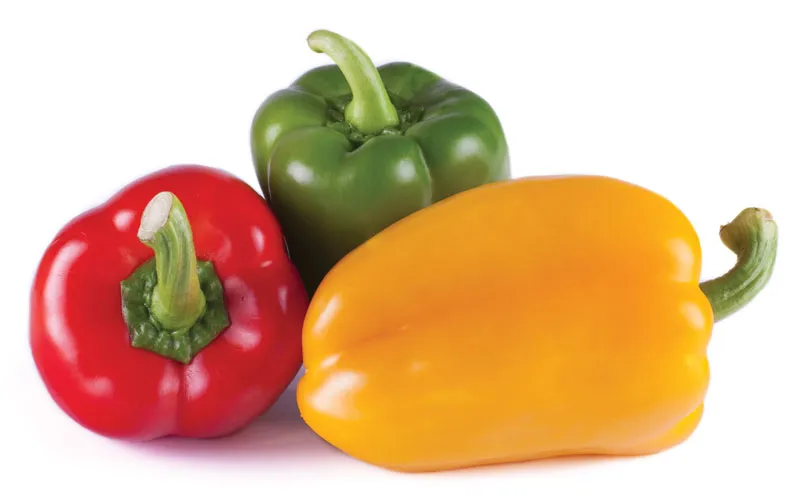
Description
Amaranth plants are often annuals or transient perennials. Simple, alternately arranged leaves are present on the stems, which are often pinkish in colour and may have spines. Hundreds or even thousands of seeds, which are carried separately in dry capsule fruits, can be produced by a single plant. The tiny blooms are grouped in showy thick inflorescences and frequently feature colorful bracts.
Varieties
Several popular types include:
The red-leaf amaranth has particularly nutrient-dense foliage that has a spinach-like, acidic flavor. Popular cultivars of this plant include ‘Molten Fire’ and ‘Joseph’s Coat.
“Burgundy”: This cultivar has gorgeous purple leaves, red flowers, and white seeds.
A. cruentus, sometimes known as “Hopi Red Dye,” is a heritage plant that makes excellent, protein-rich black seeds.
Uses
A number of amaranth species are farmed for their edible seeds, which are a nutritious pseudocereal (nongrass seeds used like cereal grains), as well as for their edible leaves. Several species, such as prince’s feather, Joseph’s coat, and love-lies-bleeding, are common garden ornaments.

Nutrition
Amaranth grain contains a significant amount of protein, dietary fiber, vitamin B6, pantothenic acid, folate, and numerous dietary minerals in a 100-gram reference serving, which offers 1,550 kJ of food energy (table). The minerals manganese, phosphorus, magnesium, iron, and selenium are especially abundant in uncooked amaranth. Amaranth contains a lot of oxalate.
Cultivation
Amaranth grows best on ordinary, well-drained soil, so check that the location you choose has adequate airflow and drainage. It needs acidic soil, temperatures between 70 and 85 degrees Fahrenheit, and at least six hours of sunlight each day.
Table





